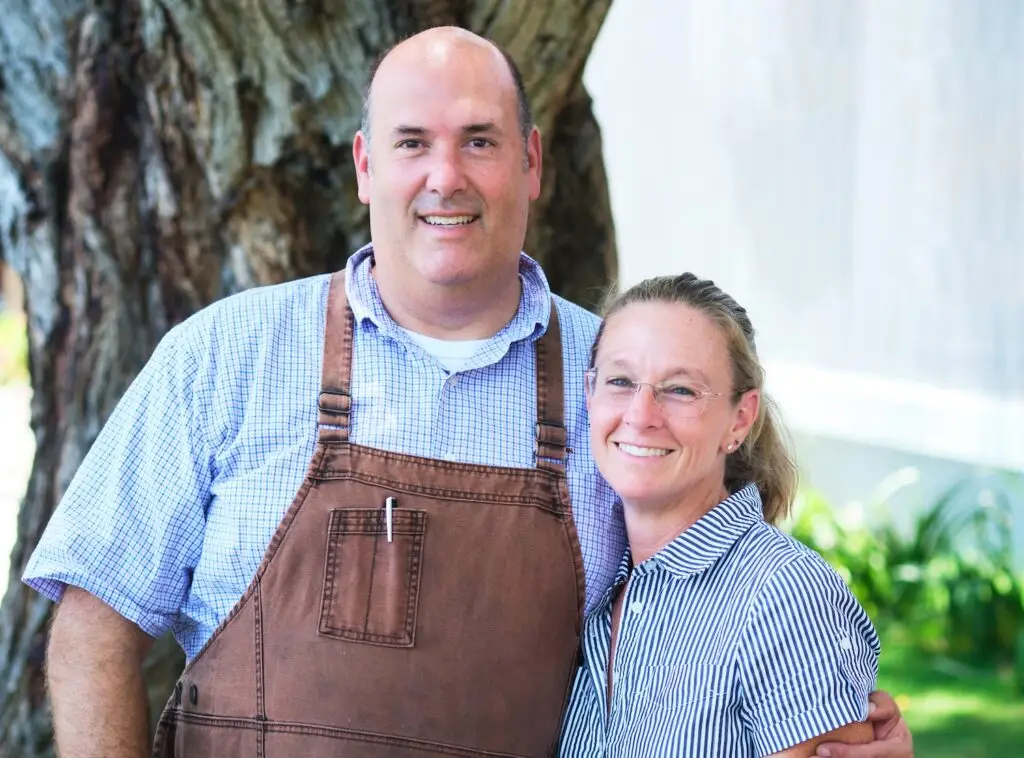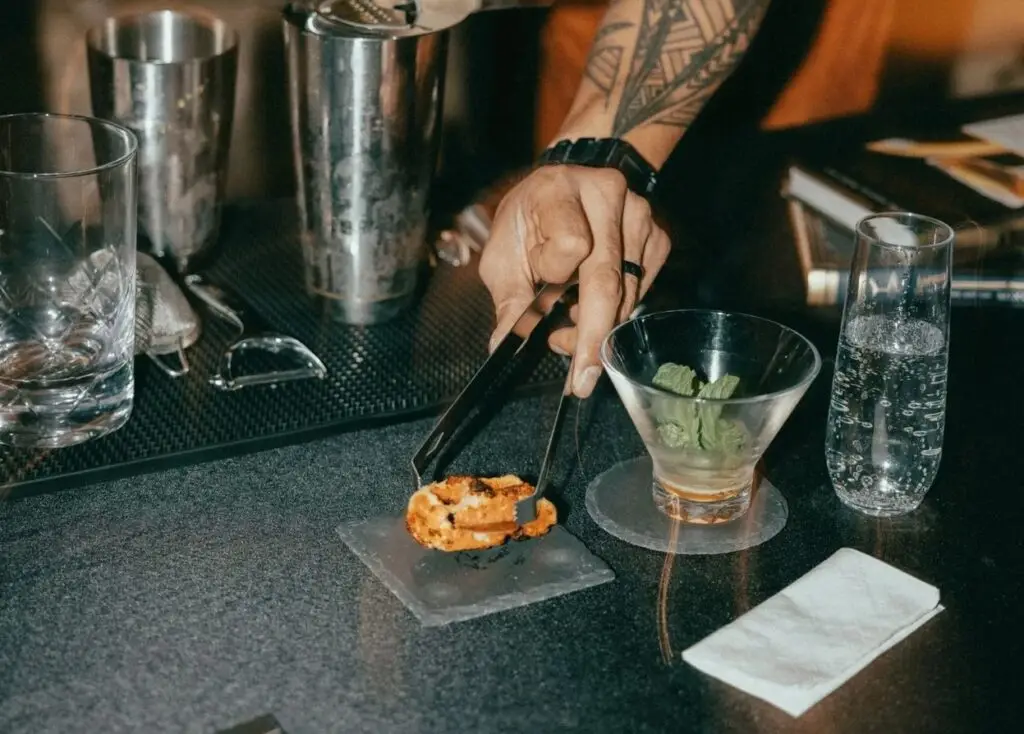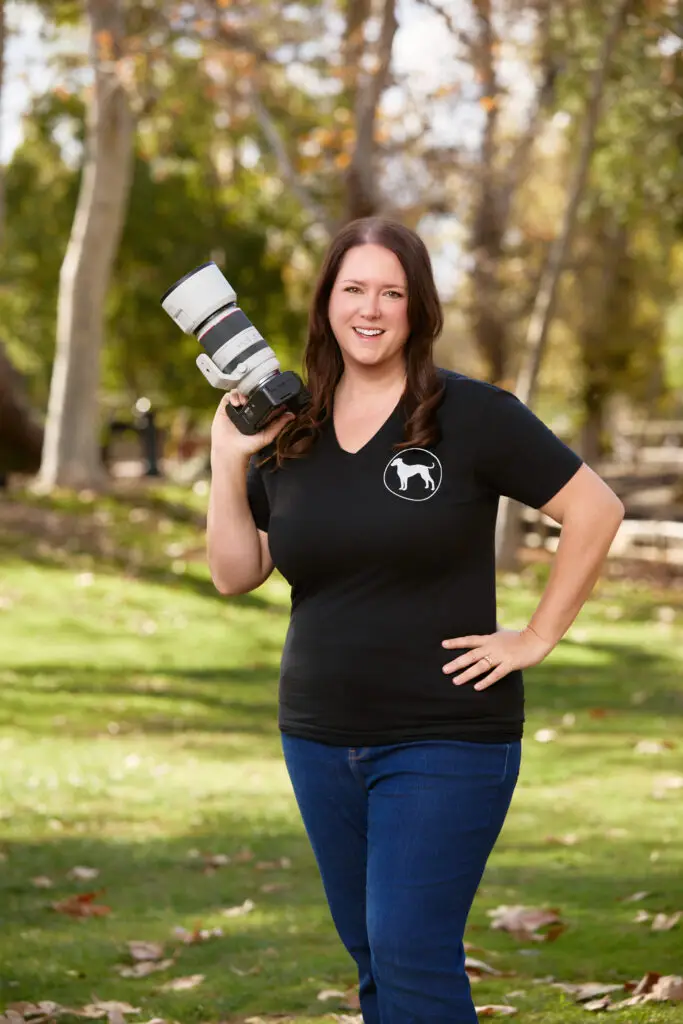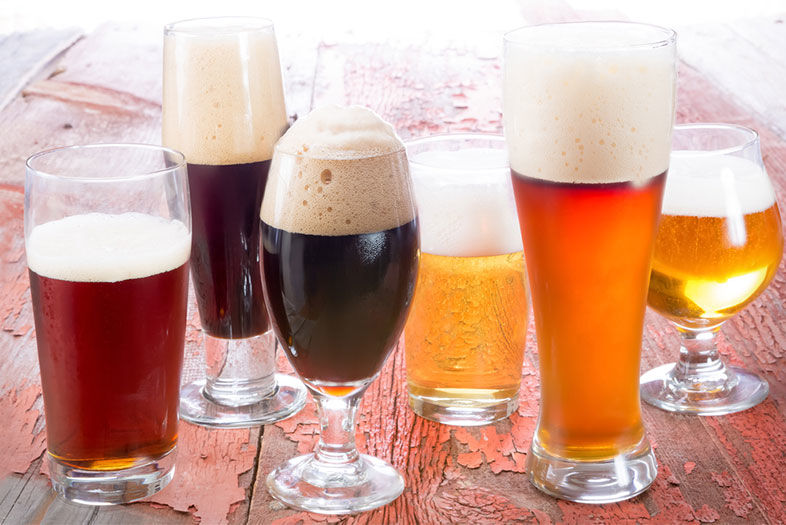As a beer geek, I tend to spend the vast majority of my time focusing on the beer in my glass. Recently, though, I started wondering about the beer glasses themselves—most specifically why there are so many different shapes and styles, and what each of those styles is supposedly best suited for.
Sure, I knew that certain shaped glasses are best for certain styles of beer (just as there are specific wine glasses for Burgundy, Bordeaux, Champagne, etc.), but I didn’t know specifically what, say, a tulip glass does that a chalice doesn’t. Or exactly why Pilsners require tall skinny glasses and IPAs don’t.
The bottom line is that we spend a lot of time considering what we want to drink—and most of us are aware of the role that optimal temperatures play in maximizing our enjoyment—but we’re not generally aware of how the proper glassware can also be a major component in bringing out our beer’s most desirable attributes. [A quick stop here: If you currently tend to drink most of your beer directly from a bottle or can, put this article down and run (don’t walk) to your cupboard for a glass. Enjoying beer from a glass will improve the quality of your life immeasurably—guaranteed.] In the right glass, your beer’s color, aroma, and head are at their best, which means—before you even take a sip—your anticipation is heightened just by looking at your brew and your pleasure receptors are turbo-charged. In the right vessel, your beer can show off its hidden nuances, can stay carbonated longer, and can provide you with a better, more complete, quaffing experience.
It’s a proven fact that the shape of a glass impacts head development and retention. This is critical because the foam created by pouring a beer actually provides a delivery system for many of the volatile compounds that evaporate from beer when exposed to air— and those compounds create aroma. Some of our favorite volatiles are created by things like hop oils and all kinds of byproducts from yeast fermentation, such as spicy notes, fusels, and fruity esters.
Beer glasses come in dozens of styles and shapes, many of which are similar, but lots that are very different. So which glass do you use for which beer? Don’t let yourself get overwhelmed; try to remember that most clean glasses will serve as perfectly fine temporary beer holders. It’s just that, if you really want to do it right (especially with rare or expensive specialty beers), you may want to follow some basic parameters for which beer works best in which shaped glass. Here’s a listing of some of the most common glasses available, along with a simple description of what their shapes are meant to accomplish.
Different Shapes for Different Beers
Classic Pint Glass (aka Becker, Nonic, Shaker, or Tumbler)
This is the ubiquitous glass found in every bar and tasting room around the world. It is usually almost cylindrical, with a slight taper and a wide mouth. These glasses most commonly come in two different sizes: The straight-sided Tumbler is the most common 16-ounce size, and the Nonic (with the little bulge near the top) is the most common 20-ounce size. What’s the little bulge for, you wonder? Well, apparently the bulge acts as a sort of grip for what is often a wet and slippery surface. It also provides a kind of bumper that helps to prevent chipping of the rim (it used to be called the “no nick” glass, which evolved into “nonic”). The bump evidently also helps with stackability; the bulge prevents glasses from vacuum sealing to each other when stacked.
Best suited to Pale Ales, IPAs, Ambers, Reds, Browns, Stouts, and Porters (but pretty much commonly used for everything except Belgian beers).
Pilsner Glass
This is the tall, slender, tapered glass that’s shaped like an elongated “V”. It typically holds 12 ounces. The narrow bottom, tapering to a wider top, aids in preserving and showcasing the effervescence of the beer and it promotes head retention, which, in turn, maximizes aroma. The typically thinner glass that is used highlights the clarity of the beer; clarity is one of the hallmarks of a properly brewed lager. [Champagne glasses/flutes are designed for the exact same purpose.]
Best suited to all types of lagers.
Mug (Seidel or Stein)
This is the heavy, thick, sometimes chiseled or dimpled piece of glassware that provides the perfect container for the serious beer socializer. That’s because the heavy-duty construction of mugs is best suited for the important acts of “clinking” and “cheers-ing”; they also have handles (improved grip while being waved wildly through the air), and they tend to hold lots of beer. [The dimples also improve grip while being hand washed.] The Seidel is the classic German version of the mug, and the Stein is the stone version that traditionally features a lid. [The lid was supposedly added during the time of the Black Plague to prevent flies from dropping into the beer.]
Best suited to medium-dark and darker styles, but these are used for just about any kind of beer. The glass of choice at Oktoberfest celebrations!
Goblet (or Chalice)
Like its brawnier cousin the mug, most goblets are heavy bodied and fairly thick walled. Unlike the mug, goblets have stems and some of them are actually etched along their inside bottoms, which promotes a more constant, even stream of bubbles and a more consistent head. The wide opening at the top provides lots of surface area in which to take in aroma, and it also provides plenty of mouth space for taking big sips.
Best suited to Berliner Weiss and most Belgian styles, including Dubbels, Quads, and Tripels.
Snifter
These glasses were originally designed to maximize aromas and other volatiles in cognac and brandy, but they work wonderfully for deep, dark, complex ales and any other beers that release nuanced aromas when agitated. The wide bowl that tapers at the top is meant to hold the liquid in the glass during swirling, which releases those lovely flavor and aroma compounds.
Best suited for Strong Ales, Imperials, Braggots, Barleywines, Gueuzes, Lambics, Flanders reds, Dark Belgian styles, and Scotch Ales.
Tulip Glass
This glass is similar to its cousin the snifter, in that it also boasts a bulbous bowl, but the tulip tapers outward at the top, which specifically promotes larger, foamier, heads. Many prefer the tulip shape to the snifter shape for beers that have more pronounced heads; these glasses are not as well suited to swirling, but the volatile aroma compounds get released and heightened through the foamy head that’s created, which is equally effective.
Best suited for Double or Imperial IPAs, most Belgian styles, including Strong Ales, Biere de Garde, Saison, Lambic, Gueuze, and Scotch Ales or Wee Heavys.
Weizen Glass
Sure, these tall glasses look festive, but you don’t want to clink these babies too hard. Weizen glasses are typically thin walled, curvy and tall, designed especially to show off the beer’s color (often cloudy) and to promote big, foamy, heads that carry with them the classic aromas of banana, clove, black pepper, spice, and bready yeasty esters. The narrower bottom concentrates the carbonation and releases the bubbles in a more controlled way, which helps to regulate and maintain a foamy head. Weizen glasses are often confused with Pilsner glasses, but the latter is a completely straight-sided glass while the Weizen glass has a bulbous curve to it.
Side note: Wheat beers tend to foam a lot, especially if they are poured quickly. In some pubs (mostly in Europe), if the bottle is handed to the customer for self pouring, the Weizen glass will be brought wet or with a bit of water in the bottom to be swirled around. The wetness in the glass helps to prevent the beer from foaming excessively.
Best suited for (take a guess!) wheat beers, including Hefeweizen, Dunkelweizen, Kristalweizen, Weizenbock, and American wheat ales.
IPA Glass
Developed in collaboration with German glassmaker Spiegelau, Dogfish Head and Sierra Nevada came up with a design that looks kind of like a stemless wine glass sitting on top of a ringed column. It appears to widen from a narrow bottom into a fairly large bowl before tapering a bit at the very top, which suggests that it is well suited to maintaining a consistent head while allowing for the complex aromas of hops and malts to fill the space at top.
The Beer Boot
Here’s a design that has absolutely no benefits for beer enjoyment—this one’s purely about show. Beer boots have been around for more than 100 years and are commonly believed to have been created as drinking vessels after a German general promised his troops to drink beer from his boot if they were successful in battle. When the troops prevailed, the general had a glassmaker make a boot from glass so he could keep his promise without actually drinking from his own disgusting used boot. To this day, soldiers (especially in Europe) still toast their victories with a beer boot.
Tiny Tips
If you’re so inclined, there are a bunch of little things that you can do to maximize enjoyment from your glassware. A few simple tips to keep in mind:
• Never chill your glassware (avoid the frosted glass). The condensation that occurs as the glass warms up will dilute your beer.
• Make sure you wash your glasses well and in hot water. Residual grease or fat can kill head retention.
• Hand-wash all glasses. Dishwashers can leave a residue, which may affect head retention as well as flavor and aroma. Use a mild dishwashing soap, make sure you rinse thoroughly with hot water, and double-check that no film or soapy smell remains before setting them out to air dry (avoid hand drying because towels can leave dust particles that can also affect head retention). Hand washing also protects your specialty glasses or memento glasses, which often have gold or silver rims or silk-screened brewery logos.
• Pour correctly. Hold your glass at a slight angle and direct your pour to the bottom of the glass. Straighten the glass when you start to get a nice accumulation of foam. Allow some of the foam to subside (Be patient! As liquid drains from the foam it becomes more stable) and then top off with the remaining beer.
Alright… now you’re finally ready to take a sip! Enjoy!
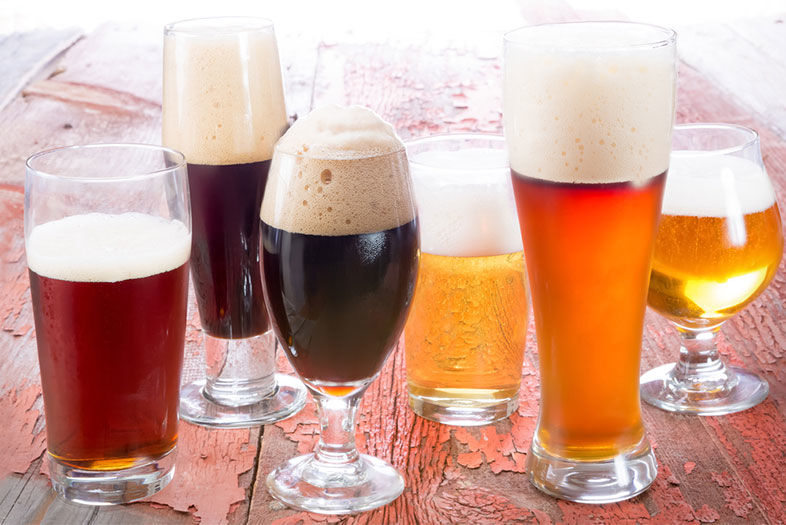
PARTNER CONTENT
The Importance of Beer Glasses (Not Beer Goggles!)
